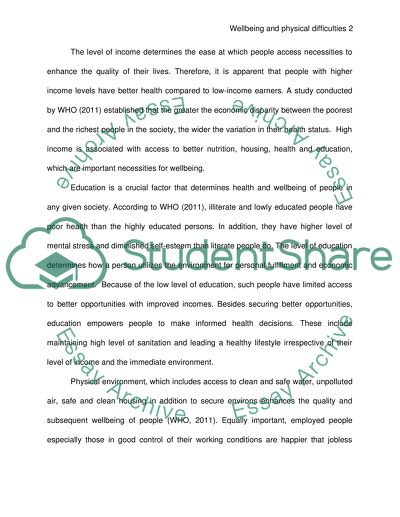Cite this document
(“Well being and physical difficulties Essay Example | Topics and Well Written Essays - 2000 words”, n.d.)
Retrieved from https://studentshare.org/health-sciences-medicine/1425346-well-being-and-physical-difficulties
Retrieved from https://studentshare.org/health-sciences-medicine/1425346-well-being-and-physical-difficulties
(Well Being and Physical Difficulties Essay Example | Topics and Well Written Essays - 2000 Words)
https://studentshare.org/health-sciences-medicine/1425346-well-being-and-physical-difficulties.
https://studentshare.org/health-sciences-medicine/1425346-well-being-and-physical-difficulties.
“Well Being and Physical Difficulties Essay Example | Topics and Well Written Essays - 2000 Words”, n.d. https://studentshare.org/health-sciences-medicine/1425346-well-being-and-physical-difficulties.


